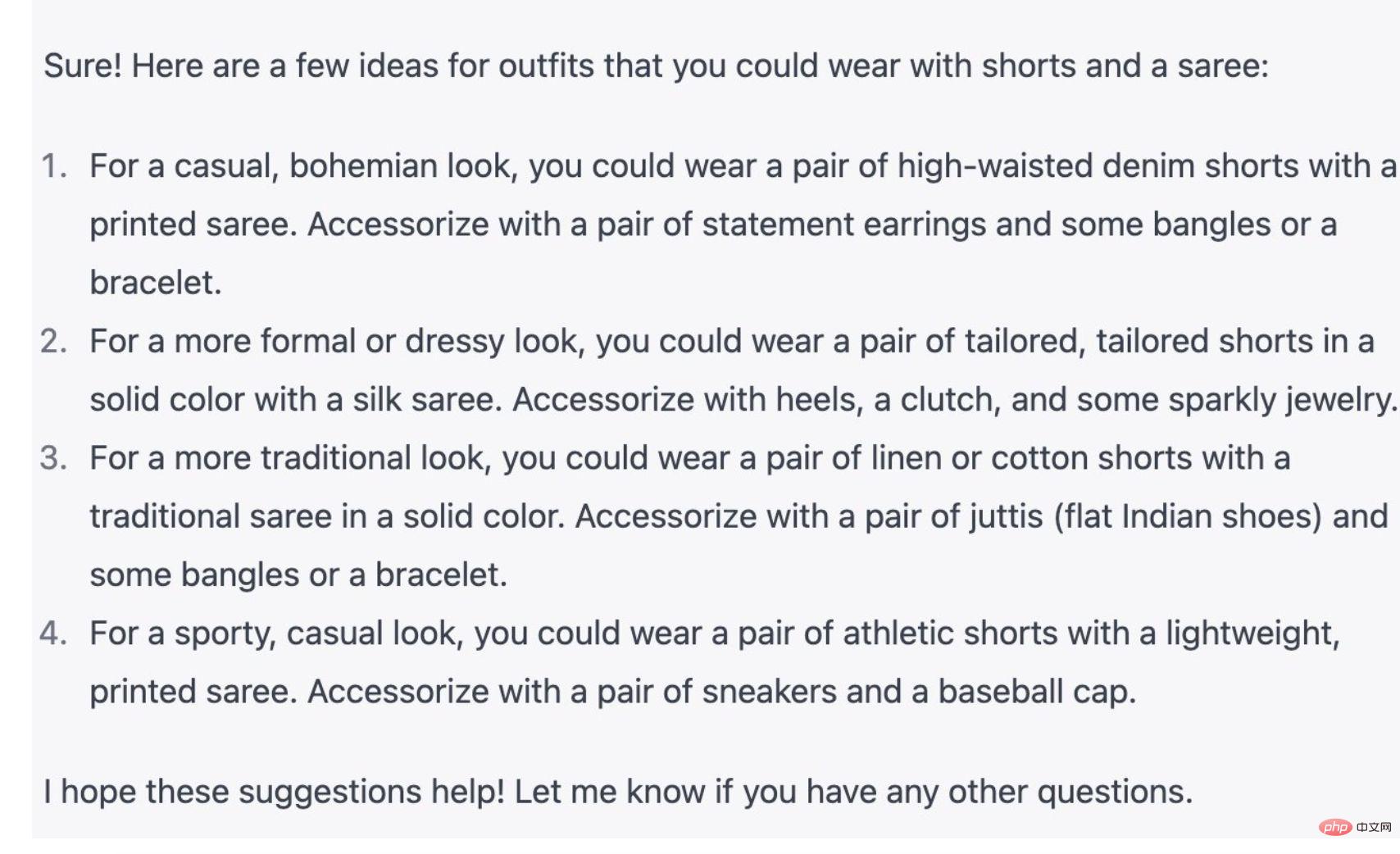
The launch of ChatGPT and the responses it provides brings Conversation AI back to the forefront and makes Conversation AI available to everyone through a simple web interface. We've seen many creative ways to use ChatGPT and how it might impact the future as well as questions surrounding whether it will replace the Google search engine and jobs.
Okay, let us solve this problem through the following analysis.
From the early Watson system to ChatGPT, conversational AI still has a basic problem.
Lack of domain intelligence.
While ChatGPT is undoubtedly an advancement in the field of conversational AI, I would like to mention the following from my book - Real AI: Chatbots (published in 2019).
“Artificial intelligence can learn, but it cannot think.”
Thinking about how to use the output of artificial intelligence systems is always left to humans. An AI system and its knowledge will always be limited to what it has learned, but can never generalize (like humans) where domain expertise and intelligence are required.
What is an example of domain intelligence?
As a simple example, you ask a conversational AI agent to “recommend outfits for shorts and saris.”
Fundamentally, any technical person will see them as two different options - match the outfit with shorts and match the outfit with a saree and either ask clarifying questions or imply that these options are not Intersecting, cannot be combined.
But for ChatGPT (or any general conversational AI), the response looks like this. Clearly trying to fill in some responses without understanding the domain and context. This is a very simple example, but the complexity increases exponentially because deep expertise and relevance are required – just like a doctor recommending a treatment plan. This is the exact reason why we see so many failures when using AI agents to solve health problems. They attempt to train general AI rather than build domain expert AI systems.

Another issue with this generative conversational AI system is the following:
Interpretability – allowing the AI output to explain how it arrived. I described this in my previous blog – Responsible And Ethical AI
Trust and Recommendation Bias – Correct Recommendation and Adaptability. I've explained this in my previous blog.
For more details, I explain this concept in my short e-book – Real Artificial Intelligence: Chatbots (2019).
You can find the book online at my website or sign up for a free video course.
The purpose of this blog is to educate people about ChatGPT and its current limitations. Any technology usually has a set of limitations, and understanding these limitations will help you keep them in mind when designing and developing your solution.
ChatGPT will undoubtedly advance the development of conversational artificial intelligence, and building it will take a lot of time and effort. However, enterprise adoption is still a long way off.
To make ChatPT relevant for enterprise adoption, we need the following:

In my opinion, ChatGPT and other AI chatbots will be similar to any other tool to help you get the information you need, you will use your mind and intelligence to Get the job done.
So, rest easy; the current version of ChatGPT does not replace anything that requires thought and deep expertise! !
The above is the detailed content of From Watson to ChatGPT: AI chatbots and limitations. For more information, please follow other related articles on the PHP Chinese website!
 Application of artificial intelligence in life
Application of artificial intelligence in life
 ChatGPT registration
ChatGPT registration
 Domestic free ChatGPT encyclopedia
Domestic free ChatGPT encyclopedia
 What is the basic concept of artificial intelligence
What is the basic concept of artificial intelligence
 How to install chatgpt on mobile phone
How to install chatgpt on mobile phone
 Can chatgpt be used in China?
Can chatgpt be used in China?
 How to make a call without showing your number
How to make a call without showing your number
 How pycharm runs python files
How pycharm runs python files




